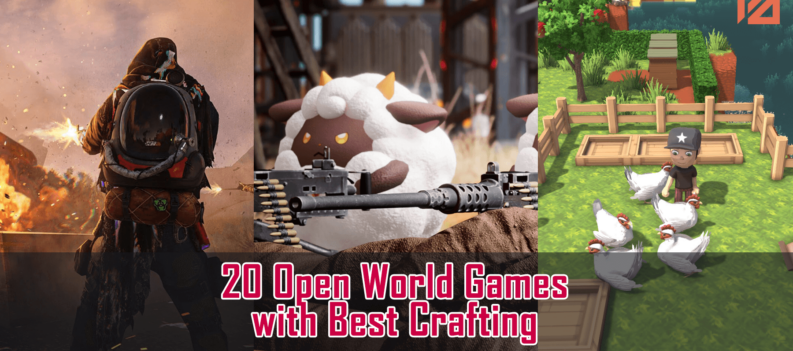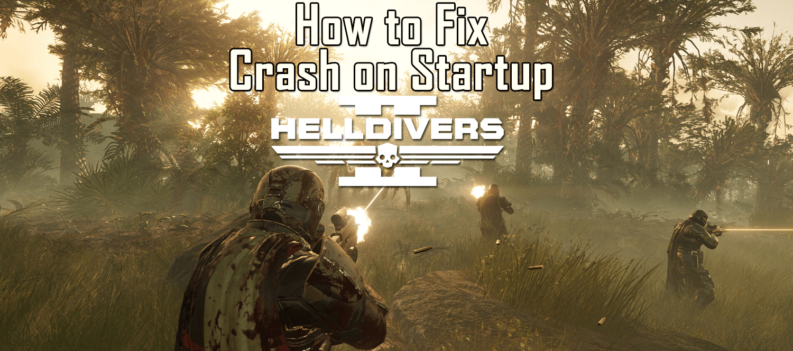I’d like to give two reviews for Port Royale 4, the latest edition in the long-running series from Kalypso Media. One for fans that have played at least one of the previous games, and one review for newcomers like me. Apparently, management won’t let me do that.
Port Royale 4 is an economy and trade simulator set in the 17th century Caribbean. I jumped right into the campaign playing as Spain. While you’ll be hip deep in city-building, fending off pirates (or pirating yourself), buccaneering, and naval combat, the real name of the game in Port Royale is trade. With your small convoy of ships, you start buying the goods that your hometown is producing. Once you buy a trade license with a few neighboring cities, you set sail with a ship full of goodies that hopefully, your neighbors are willing to pay a premium for. With the money you make from these items, you buy the goods that this new city produces. Simple, really. Buy cheap, sell high. Unfortunately, that’s where the “simple” ends. There is over an hour of tutorials to watch, which is nice. They did, however, make me feel like I was back in school, which isn’t so nice.
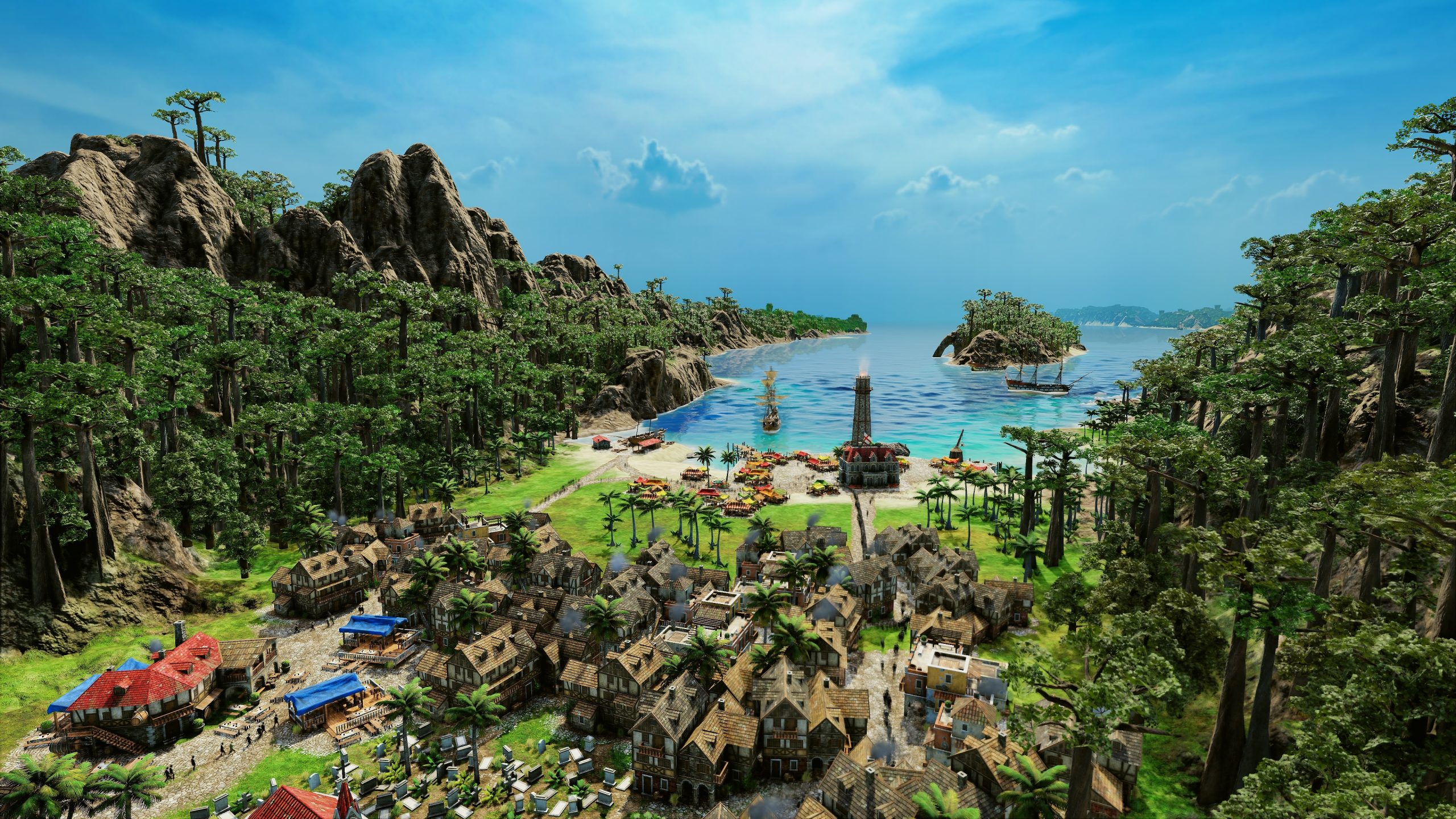
I hate bringing attention to how stupid I am, but it’s my job, so here goes. Despite watching the tutorials, some of them multiple times, it took me FOREVER to figure some things out. I do typically learn better by doing, but there was a lot of frustration early. Buying and selling goods individually is easy, but you’ll never make your fortune with this method. For this, you’ll need to set up an automatic trade route. This is where a select convoy will travel a specific route, buying certain items from one city and selling to another. And this is where the trouble started.
Picking the towns and navigating the route to utilize wind and avoid rough waters was easy and fun to do, but the rest of the process I found completely unintuitive. Dictating which product is bought and sold to which city took me a couple of stressful hours of gameplay to figure out. The problem for me was the massive amount of screens to scroll through at any given time. When picking which products to buy and sell from each city along my trade route, you need to know what that city specializes in, but that isn’t obvious from the screen where you make these decisions. So I felt I was going in blind most of the time, never sure which product to focus on unless you can memorize the wants and needs of each city. Plus it’s obvious the game is designed with the PC in mind. I definitely could have used a mouse to click through the million menu screens. I’m admittedly not great with numbers so that didn’t help either, but there is definitely a learning curve to newcomers to the genre and the series.
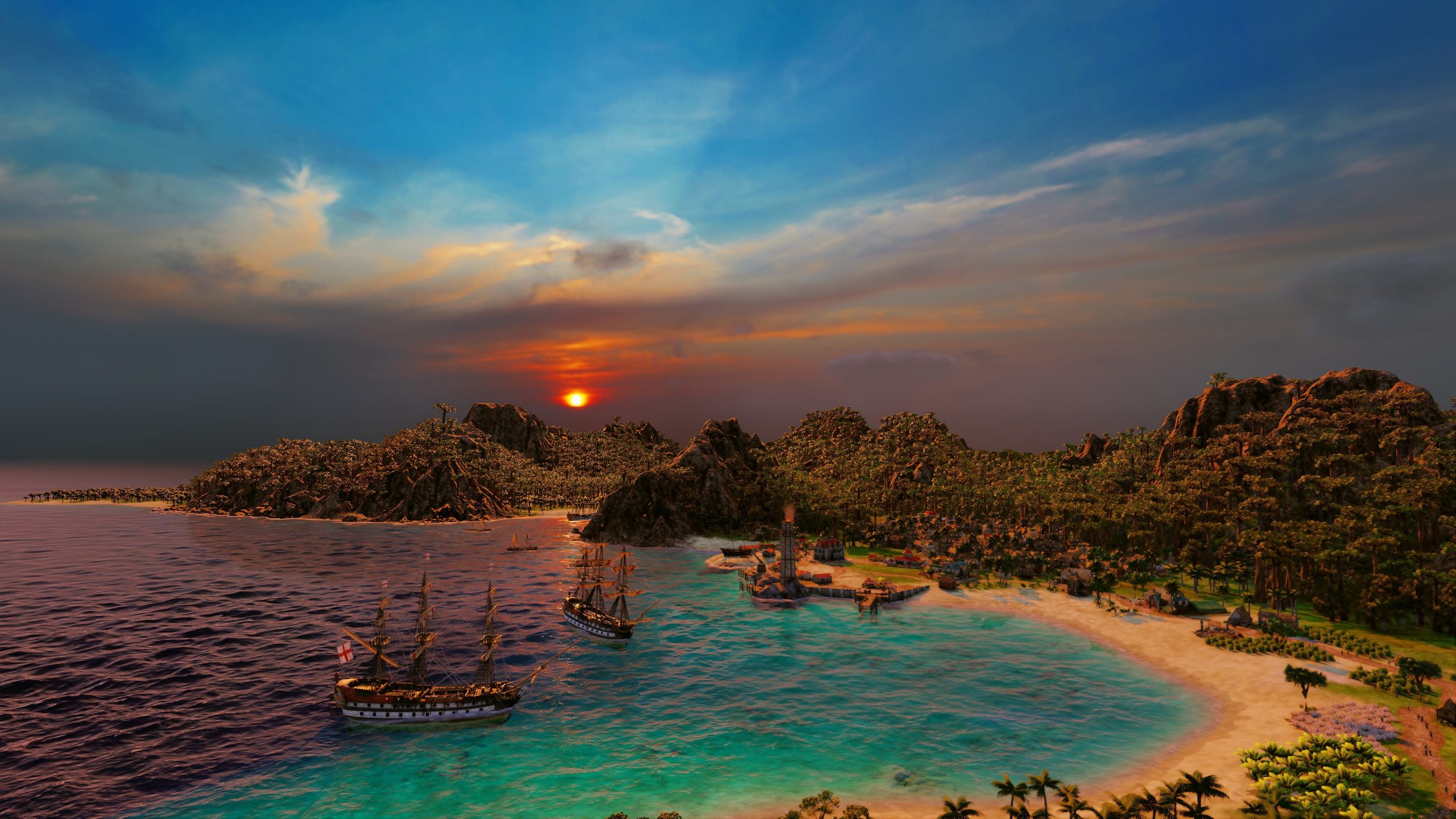
But once I finally did get comfortable with the menus and controls, the game really opened up for me. Much like in my own life as a young man, my first trade route was haemorrhaging money. In just a few in-game weeks, I managed to blow about 200,000 dollars. While I was still struggling with the menus, I decided to scale back my route. I shrank my seven-city route to four cities with a focus on one city that was desperate for rum and another city that had a surplus. As my new automated trade route started to pay dividends, I moved on to other projects. Namely, expanding my hometown. Once you purchase a building license, you can add new industries if the terrain supports it. If the land can support vegetable production, you set that up and make more money. Or maybe you need houses to support the new workers who will be running your hemp farm or logging endeavour. There are over twenty different operations that you can build to expand each of the cities you occupy. With the Viceroy’s approval, of course. We all know how temperamental Viceroys can be.
There are four different campaigns to complete, but you have to start with Spain. You can skip them all and dive into a free play, which is probably a great place to start for players familiar with the series. If you want to take over the entire Caribbean and run it as you see fit, this is the mode for you. I’d recommend new players start with the campaign as it gives you tasks to complete that act as a guide on how to play the game and get things done.
I played through the preview a few months back on the PC and it looked beautiful. My base PS4 doesn’t shine quite as bright but it still looks good. Being able to pan over the entire map and zoom in close to deserted islands or each city close enough to watch the townsfolk walking about, is a joy. Without any load screens, as you pan around and zoom in, it helps promote a very relaxing and chill experience. Especially if you love number crunching…
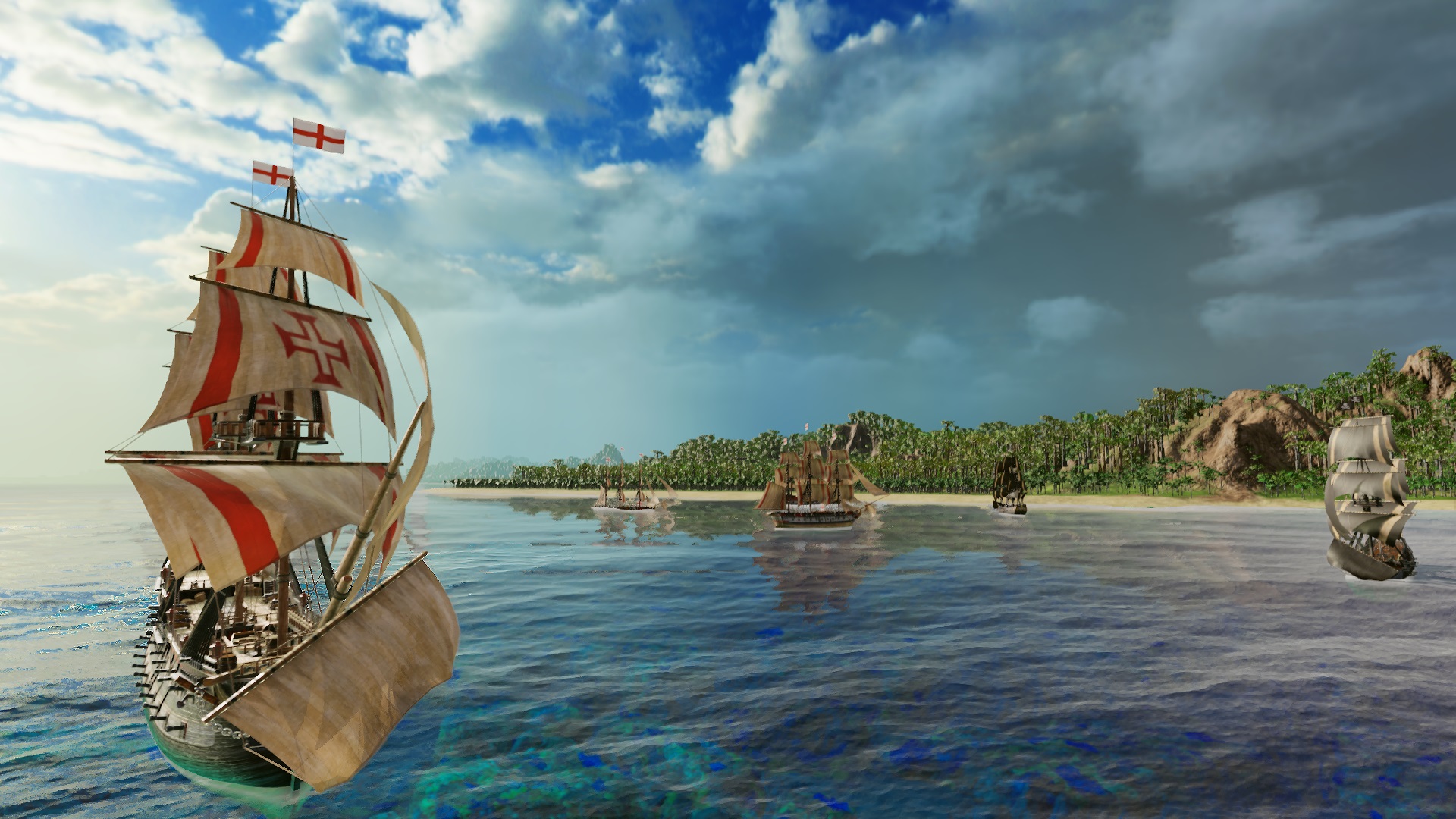
Port Royale isn’t just an accountant’s wet dream, however. I did mention there is combat in the form of turn-based naval combat. You can attack warships, cargo ships, or pirates, and of course, they can attack you. You have a Viceroy to answer to, however, so if you attack anyone other than a Pirate, expect some repercussions. The combat itself plays out like most turn-based tactical combat does. Each ship in your convoy has a number of action points to use. You’ll mostly be positioning your ships to fire its cannons, but there are special attacks to use as well. Especially if you have a captain on board. You can also choose to board an enemy ship if you feel you’re crew has the upper hand. Whether you are successful or not, both ships will be sidelined for the rest of the battle, so that adds an interesting tactical decision. Despite this, the combat felt mostly tacked on and shallow. There is an option to skip battles by making them play out automatically, so I think the developer understood that many players would feel the same as me.
Despite one of the largest (and frustrating) learning curves I’ve ever experienced, I actually came to enjoy my time in the Caribbean. There is a ton of repetitiveness, and a successful trade route means the game practically plays itself, but these games aren’t about constant action. They reward players who want to sit back and turn a small town and convoy into a thriving city and beyond. In that respect, Port Royale 4 succeeds mightily. I suspect all players familiar with the series and genre (and even some new players) will laugh at my ignorance and that’s okay. I’m used to it, and I probably deserve it.
Port Royale 4 PS4 Review
-
Overall - Good - 6.5/106.5/10
Summary
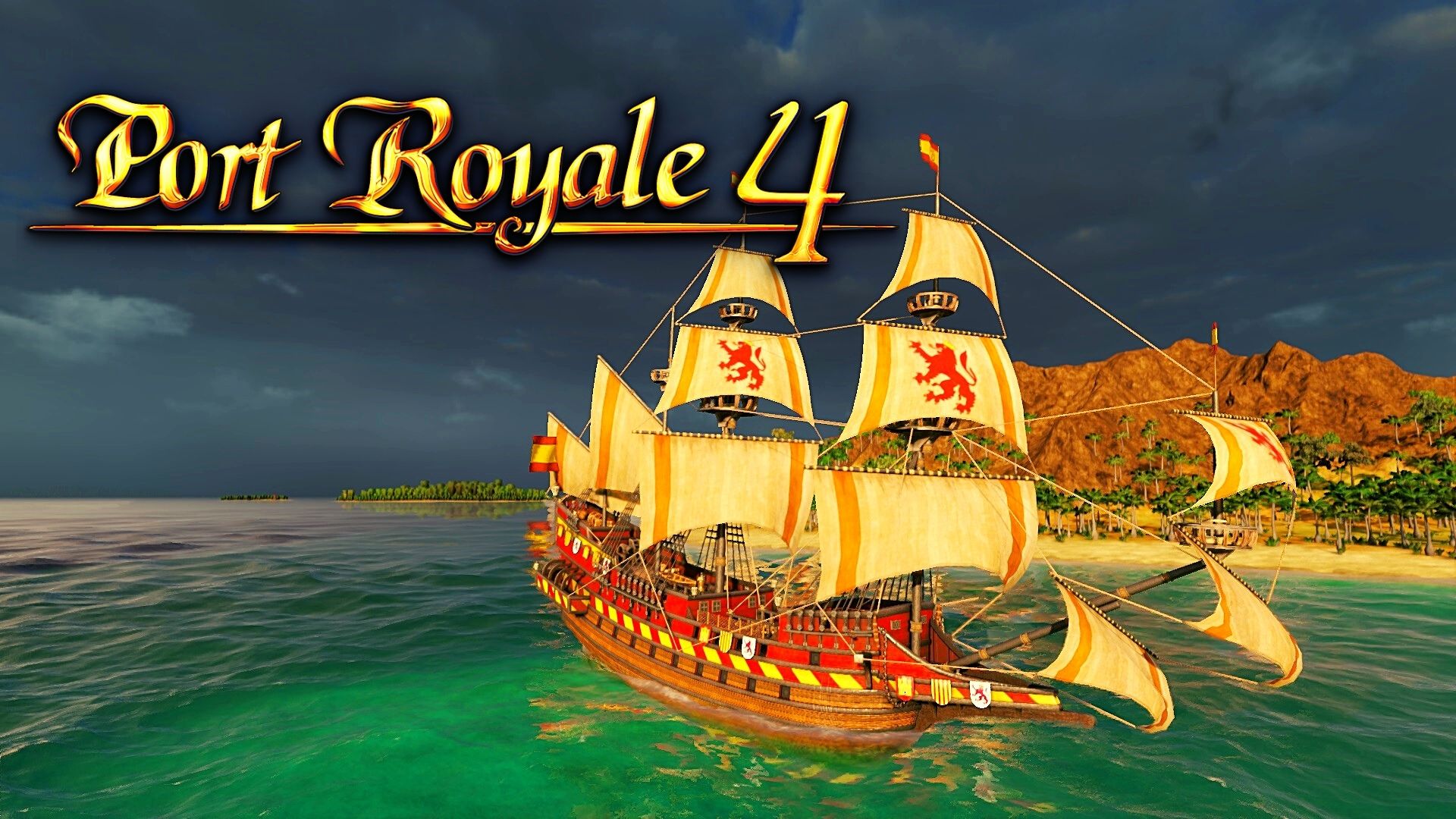
Port Royale 4 is a dense trade and economy simulator that doubles as a harsh reminder that I’ll probably never get to see the Caribbean in real life. Despite this cruel reminder about my personal station in life, building my own little corner of paradise in this digital world was a chill, if sometimes repetitive, experience. The learning curve is steep if it’s your first time in the genre, but if navigating screens and crunching numbers is your thing, you’ll be in heaven. For everyone else, it might not be for you.
amzn_assoc_tracking_id = “thegamescabin-20”;
amzn_assoc_ad_mode = “manual”;
amzn_assoc_ad_type = “smart”;
amzn_assoc_marketplace = “amazon”;
amzn_assoc_region = “US”;
amzn_assoc_design = “enhanced_links”;
amzn_assoc_asins = “B08BHJSG21”;
amzn_assoc_placement = “adunit”;
amzn_assoc_linkid = “59a5f912c3a1e1ba3f6db26bb6413cf5”;
Review Disclaimer: This review was carried out using a copy of the game provided by the publisher. For more information, please read our Review Policy.
Reviewed using PS4 Slim.



